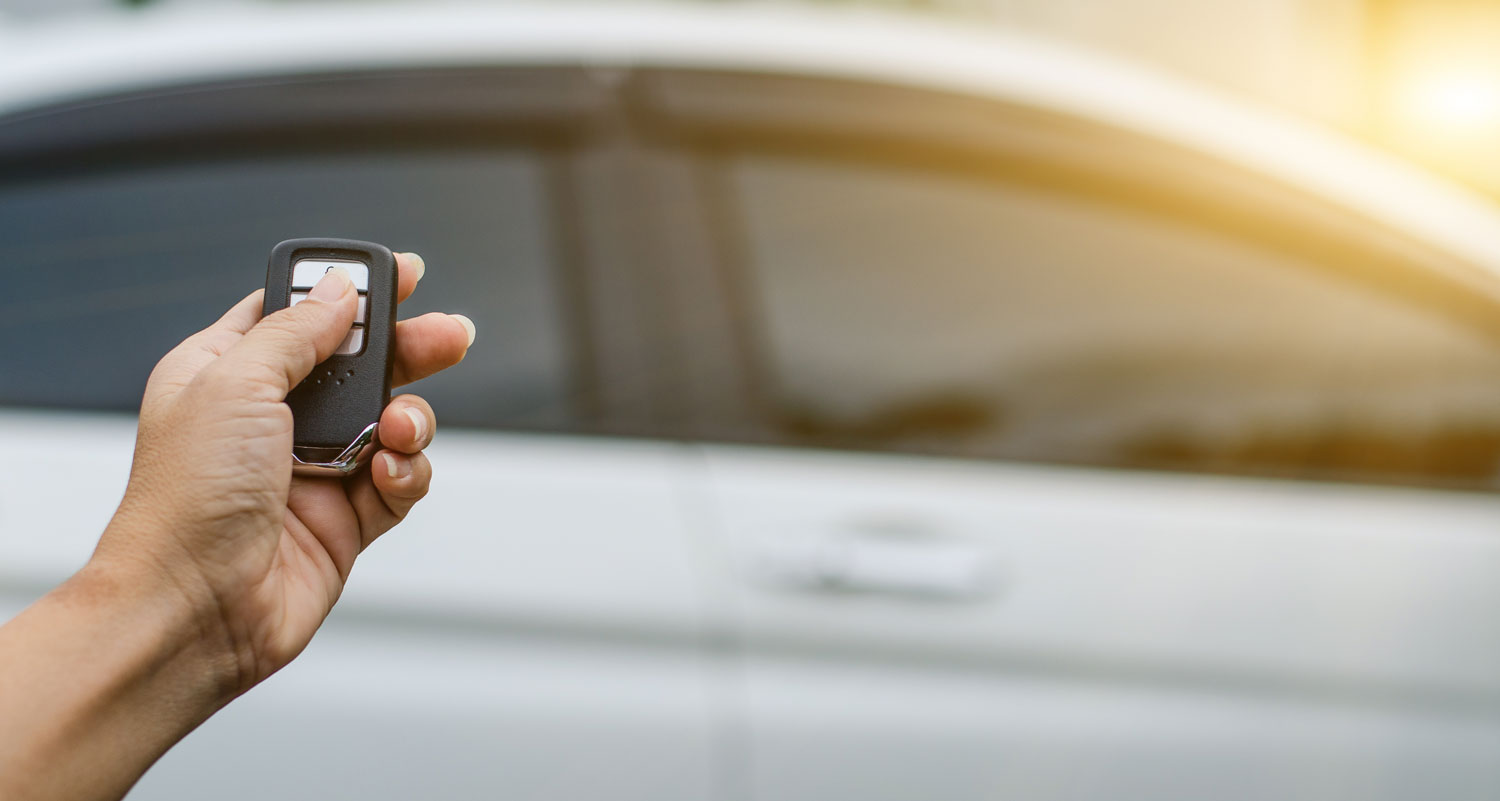In our fast-paced lives, the humble car key often goes unnoticed—until it doesn’t work. Picture this: you’re rushing to get to an important meeting or a family event, and as you press that tiny button on your key fob, silence reigns.
Is it just a glitch, or is the battery finally giving up the ghost? A dead key fob battery can throw a wrench in your plans, leaving you stranded and frustrated. But fear not! In this guide, we’ll explore the telltale signs that your car key battery may be on its last legs, along with step-by-step instructions on how to replace it.
Understanding this simple yet essential skill will not only save you time but also ensure that your key fob remains a reliable companion in your daily adventures. So, let’s dive in and empower you with the knowledge to keep your keys and your schedule in perfect harmony!
Symptoms of a Dead Car Key Battery

Recognizing the symptoms of a dead car key battery is essential to avoiding those frustrating moments when your vehicle doesn’t respond. One of the most obvious signs is the reduced range of the key fob; you may find yourself standing closer to the car than usual, desperately pressing the buttons to unlock the doors. You might also notice that the panic button doesn’t activate or that the key fob seems to work intermittently—one moment it’s functioning, and the next it’s utterly unresponsive.
In some cases, the visual indicators on your dashboard, like a warning light or message, may even alert you to a malfunction. If you hear a faint clicking sound when you press the buttons, it’s a telltale sign that the battery is nearing its end.
Ultimately, these symptoms, from diminished responsiveness to unexpected inconsistencies, serve as crucial hints that your key fob battery is on its last legs.
Testing Your Key Fob Battery

Testing your key fob battery is a straightforward process, yet it can save you from the headache of getting locked out of your car at an inopportune moment. Start by observing how your key fob behaves; if the remote is unresponsive or the range seems significantly reduced, those could be early signs of a dying battery.
For a more definitive check, use a spare key fob if available, as this allows for a direct comparison of performance. Alternatively, many auto supply stores offer battery testers, which can gauge the voltage of your fob’s battery quickly and efficiently.
If the battery is indeed low, youll need to replace it, but if both fobs show issues, its time to consider other possible problems with your vehicles electrical system. Always approach this task with a curious mindset; sometimes, what seems like a simple battery issue could hint at something more complex waiting to be uncovered.
Types of Key Fob Batteries

When it comes to the world of key fob batteries, you might be surprised by the variety on offer. Most commonly, youll encounter lithium coin batteries, like the CR2032 or CR2016, which are compact and deliver reliable energy for everyday use.
Some fobs may require alkaline batteries or even specialized types such as NiMH or Li-ion for more advanced functionalities essential to check the specifications of your specific fob, as using the wrong battery could lead to malfunction.
Additionally, some vehicles feature key fobs that combine a traditional key with electronic components, which might need different power sources altogether. Understanding these distinctions not only aids in ensuring your fob operates seamlessly but also prepares you for the day when replacement becomes necessary.
Conclusion
In conclusion, identifying a dead car key battery is essential for ensuring the smooth operation of your vehicle’s locking system. By being attentive to warning signs such as unresponsive key fobs or diminished signal range, you can save yourself time and frustration.
If you determine that your battery is indeed dead, replacing it is often a simple process that can be done at home with a few basic tools. Additionally, if you find yourself needing a new key altogether, dont forget that car key cutting services are available to provide you with a spare or replacement key, ensuring you’re never left stranded. Regular maintenance of your key fob can help extend its lifespan and keep your vehicle secure.


